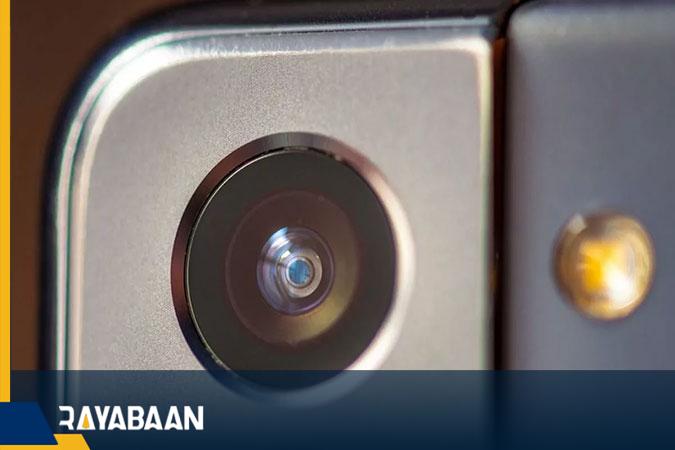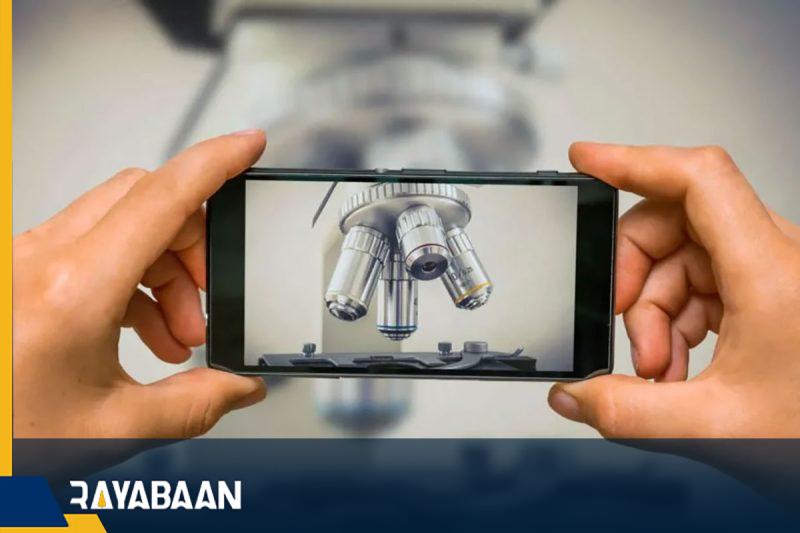The world’s smallest LED can turn your phone camera into a microscope
The holographic lens developed by scientists provides more accurate and sharper images than conventional optical microscopes.
Scientists have created the world’s smallest silicon LED and holographic microscope, which could open up a wide range of potential applications in the future, including turning a mobile phone camera into a portable, high-resolution microscope.
Researchers at MIT Singapore’s Alliance for Research and Technology (SMART) have developed the world’s smallest silicon light-emitting diode (LED), measuring less than one micrometer and with power comparable to much larger silicon LEDs.

The lens that turns the phone camera into a microscope
To test how their LED would work in real-world conditions, they placed it in a lensless holographic microscope. Lensless microscopes are smaller and less expensive than conventional microscopes because they do not require complex and precise lens systems. They then used a light source to illuminate the sample, which then scattered the light onto a CMOS digital image sensor. After that, a digital hologram is created that can be processed by a computer to produce an image.
The researchers found that their holographic lens provided sharper, sharper images than a conventional light microscope. According to their estimates, the resolution of this lens is approximately 20 micrometers. To get more familiar with the nature of this amount, a human skin cell is 20 to 40 micrometers wide, and this amount for a white blood cell is about 30 microns.
However, lensless holographic microscopy may have problems in image reconstruction, as it usually requires precise knowledge of the aperture and wavelength of the source light and the sample-to-sensor distance to produce an accurate reconstruction. To deal with this problem, the researchers used a neural network algorithm to reconstruct the objects observed by the holographic microscope.
Finally, the researchers have noted that their next-generation CMOS-integrated micro-LED and neural network could be used in smartphone cameras so that users can use them as a high-resolution microscope.
